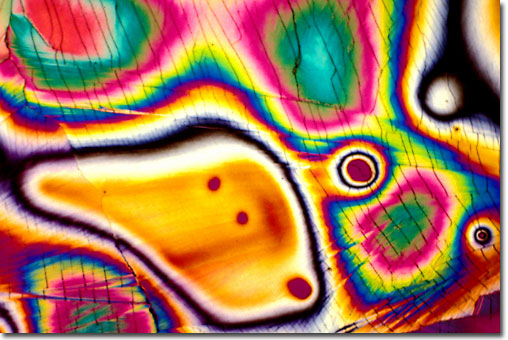|
Quinine, a stereoisomer of quinidine, can be used for fever and pain relief, but is better known as a treatment for malaria. The alkaloid, naturally derived from cinchona bark, was the only effective remedy for malaria available until World War I and was first synthesized in the laboratory in 1944. Quinine acts by interfering with the growth and proliferation of malarial parasites inhabiting red blood cells. Malarial symptoms quickly dissipate when quinine is administered, but when treatment is halted, many patients suffer a relapse because parasites surviving in other cells of the body reinfect red blood cells. Since quinine does not provide a complete cure for malaria, a number of other antimalarial drugs have been produced and are often utilized in its place. Moreover, prolonged use of quinine may produce toxic side effects, such as deafness, rashes, vision irregularities, and digestive problems.
|
